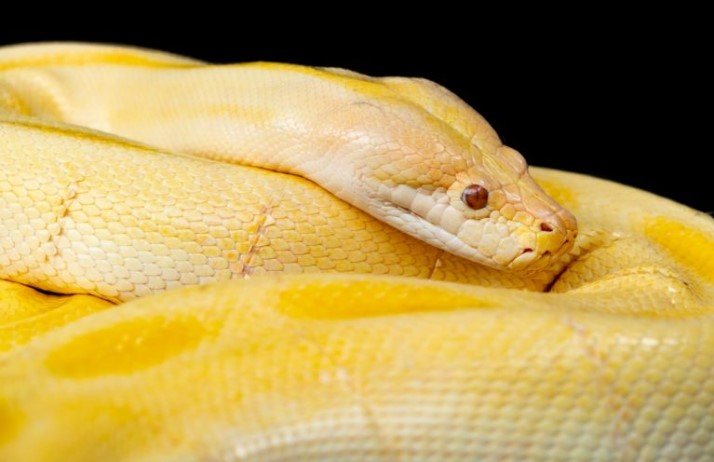Reproductive Diversity: Do All Snakes Lay Eggs?
The world of snake reproduction is as diverse as the species themselves, and the method by which snakes bring new life into the world varies significantly. While some snakes are known for laying eggs, others have adopted a live-bearing strategy. Join us in unraveling the fascinating intricacies of snake reproduction and answering the question: Do all snakes lay eggs?

1. Oviparous Snakes:
The majority of snake species fall into the oviparous category, meaning they lay eggs. These eggs are typically leathery rather than hard-shelled and are deposited in a carefully chosen location. The snake embryos develop within the eggs until they hatch, and the offspring emerge fully formed.
2. Viviparous Snakes:
Contrary to oviparous snakes, some snake species are viviparous. This means they give birth to live young. The embryos develop internally, and the mother nourishes them through a placental connection. The live-born offspring are more developed at birth compared to their egg-hatching counterparts.
3. Ovoviviparous Snakes:
There is a middle ground between oviparous and viviparous reproduction called ovoviviparity. Snakes in this category retain the eggs internally until they are ready to hatch, and then the mother gives birth to live young. Despite the internal development, there is no placental connection, and the embryos rely on yolk sacs for nourishment.
4. Factors Influencing Reproductive Strategy:
The choice between laying eggs, giving birth to live young, or adopting an intermediate strategy depends on various factors. Environmental conditions, species-specific traits, and geographic locations play crucial roles in determining the reproductive strategy of a particular snake species.
5. Examples of Egg-Laying and Live-Bearing Snakes:
Well-known examples of egg-laying snakes include pythons and most colubrids, while live-bearing species encompass boa constrictors and certain pit vipers. This diversity showcases the adaptability of snakes to their respective environments.
6. Conservation Implications:
Understanding the reproductive strategies of different snake species is essential for conservation efforts. Threatened or endangered species may face additional challenges due to their specific reproductive needs, influencing conservation strategies and initiatives.
Conclusion:
In conclusion, the world of snake reproduction is a mosaic of strategies, with some snakes laying eggs, others giving birth to live young, and some adopting a combination of both. This diversity highlights the adaptability of snakes to various environments and underscores the importance of studying and preserving these fascinating creatures.
Learn more about Can Snakes Hear.





Leave a Reply